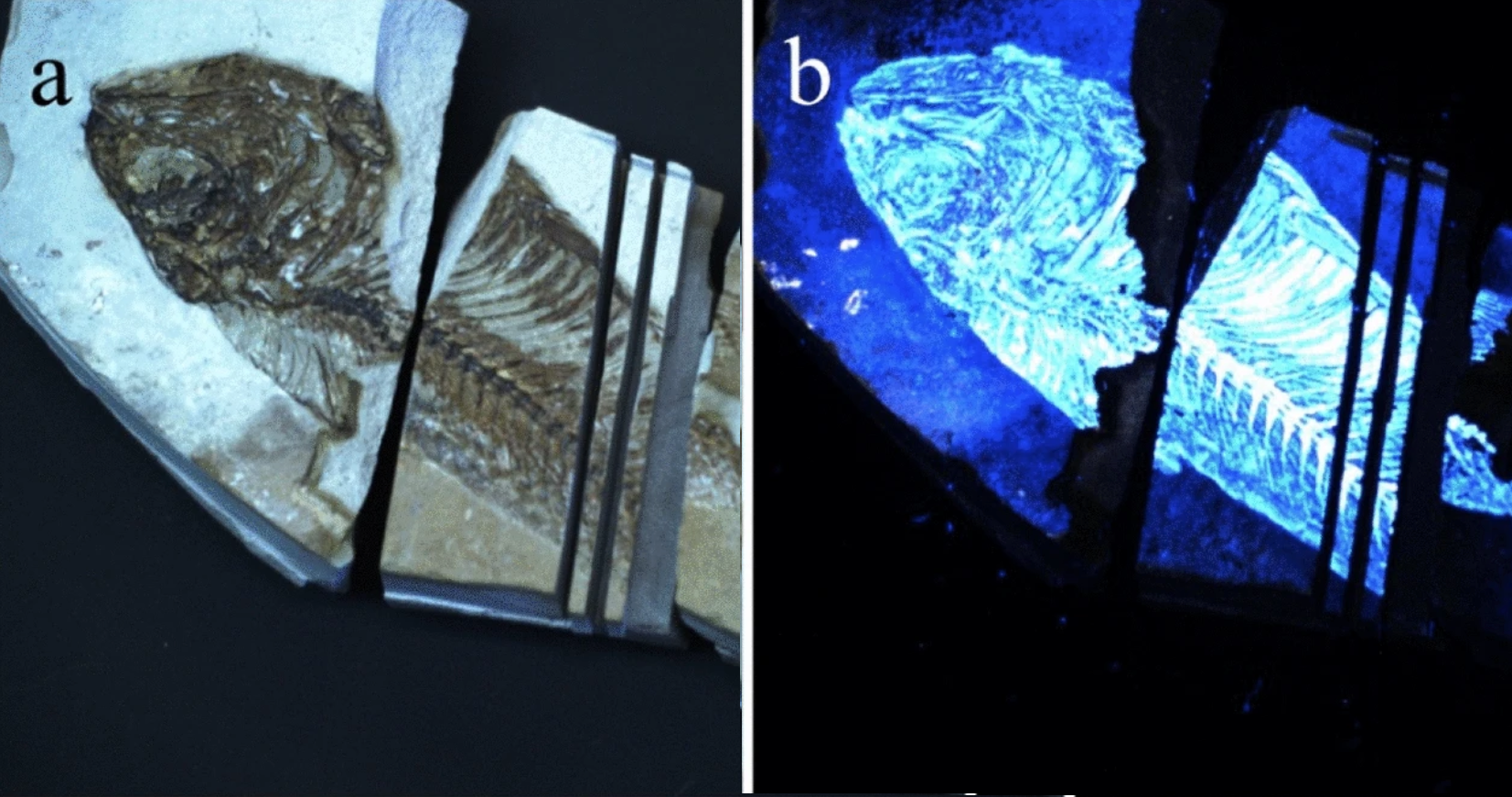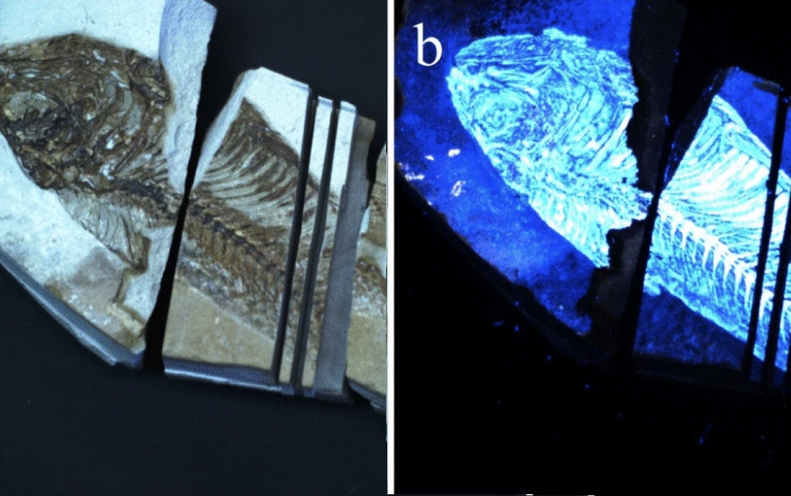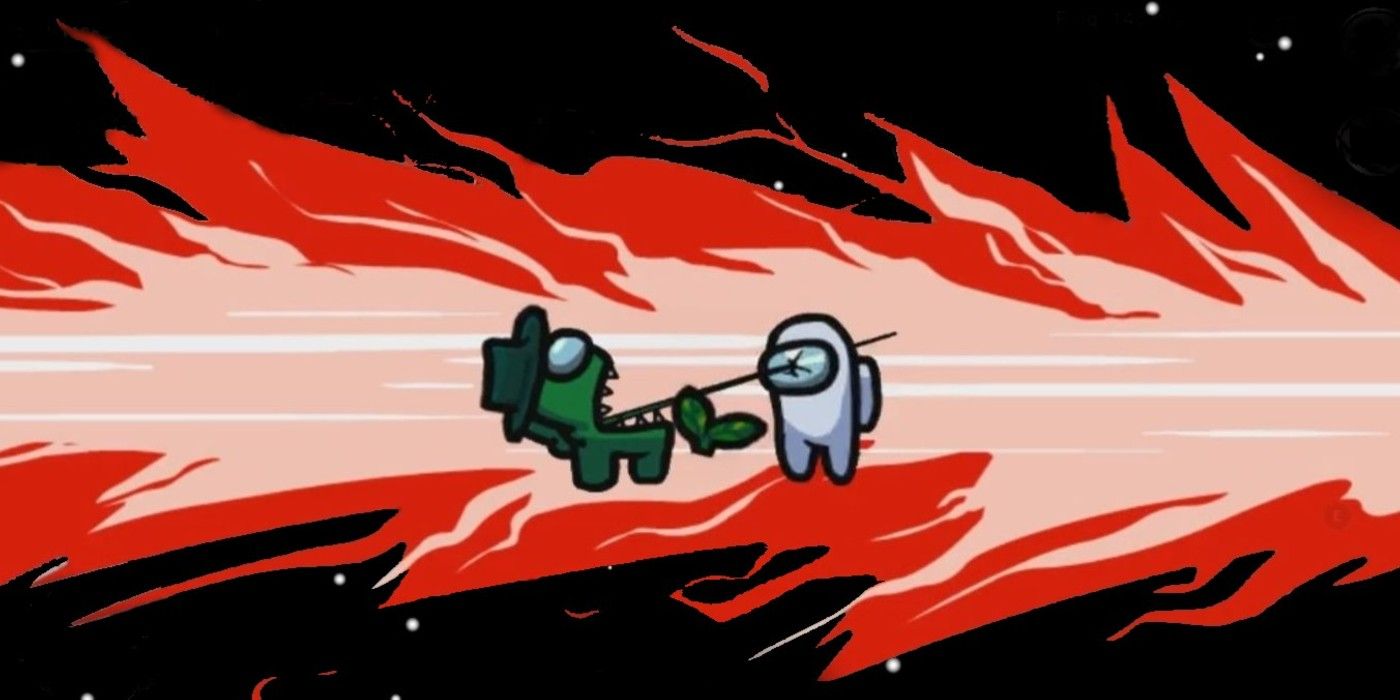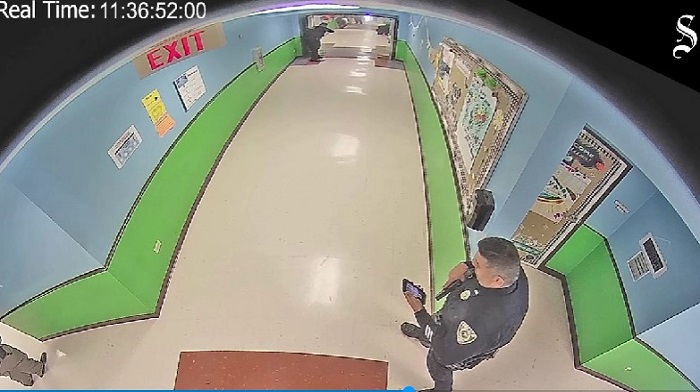
Was Mars ever a living world? Billions of years ago, before it became a freeze-dried desert, the Red Planet was much more Earth-like, with liquid water and clement temperatures at its surface. Perhaps it harbored life, too. But most signs of any ancient Martians would by now be little more than traces of organic compounds and faint fossil forms hidden in the planet’s rusted rocks.
Scientists today use robots to survey that barren landscape, remotely guiding their search for life through a combination of satellite pictures and on-the-ground snapshots from the rovers and landers themselves. Such imagery, however, leaves much to be desired—for all but the very closest views, rocks devoid of biosignatures versus ones teeming with fossilized microorganisms may be almost indistinguishable. Now, in a study recently published in Scientific Reports, a team led by researchers at the University of Hawaii has shown a possible shortcut for finding the most promising targets for astrobiological follow-up, whether on the Red Planet or some other world elsewhere in the solar system.
The technique relies on a curious fact of biology—earthly biology, anyway: Across life’s many kingdoms, all sorts of organisms produce pigments, proteins, lipids and other molecules that emit a telltale glow—fluorescence—when they are excited by certain wavelengths of light. Using carefully tuned laser pulses on fossil-bearing multimillion-year-old rocks from Colorado, Wyoming and Utah’s Green River Formation, the researchers demonstrated such “biofluorescence” can be an effective way to rapidly, efficiently flag candidate biological material for more detailed scrutiny. Their prototype instrument, dubbed the Compact Color Biofinder, is sensitive enough to detect the presence of biofluorescent materials from up to five meters away, even in daylight, and can project the laser pulses across a wide target area, allowing sizable swaths of territory to be rapidly surveyed.
That unique daytime sensitivity, team members say, makes the decade-in-development Biofinder an especially attractive option for seeking out remnants of ancient life. The capability comes from the instrument’s camera, which captures brief exposures of targets. “When you have a camera that opens for a short time, then you actually don’t detect the daylight,” explains Anupam Misra, a researcher at the University of Hawaii and lead author on the paper.
Another notable strength of the instrument is its—so to speak—agnostic attitude toward life detection. Whereas other laboratories searching for extraterrestrial life may target the most detailed components of life as it appears on Earth—such as certain sequences of DNA common among single-celled organisms thriving in extreme environments on our planet—the Compact Color Biofinder takes a much more general approach. All it seeks are compounds that will fluoresce when stimulated by laser pulses. On Earth, all living organisms possess aromatic amino acids, usually as a by-product of metabolic processes. All aromatic amino acids display fluorescence. Given the ubiquity of fluorescent amino acids with life, the researchers assumed that even if life on other planets doesn’t use the exact amino acids found on Earth, they can still detect it as long as it fluoresces. “If there’s life on Mars and it’s not ‘life as we know it,’ then the Biofinder may be the only way we see it,” says study co-author Christopher McKay, an astrobiologist and planetary scientist at NASA’s Ames Research Center.
One challenge is that amino acids and biological compounds aren’t the only materials on Earth that emit light when stimulated by lasers. Abiotic minerals also emit their own light, called phosphorescence. It can be confused with biofluorescence, but the team built the Biofinder from the start to distinguish between these two very different phenomena. In general, phosphorescence signals are much longer-lasting than their fluorescent counterparts, allowing the Biofinder to distinguish between them.
Although McKay suggests the Biofinder could be the best bet for discovering ancient remnants of unknown life-forms on Mars, that’s not to say the instrument would provide the final word in understanding what exactly it had caught on camera. “You can look at a pie, but tasting it gives you a lot more information about it,” he says.
Any samples lit up by the Biofinder would then need to be “digested” in analytic instruments in laboratories for scientists to get a better understanding of what they found, McKay says. But where he finds the Biofinder’s general nature to be a plus, Patrick Gasda, a researcher at Los Alamos National Laboratory, sees the lack of specifics as the approach’s main downside. Gasda worked on SuperCam, an instrument onboard the Mars rover Perseverance. SuperCam sifts through the rock and soil on Mars using laser spectroscopy, bathing targets in highly focused beams of laser light to gather more specific information about the underlying chemical composition. “You could see if there’s carbon and nitrogen,” he says. But even spectroscopy isn’t the same as a real digestive analysis. “You’d still probably want to take a sample of it” for more direct, rather than remote, study, he says.
Although he was not involved in the most recent study, Gasda worked on the Biofinder in 2012 while pursuing his Ph.D. as Misra’s student at the University of Hawaii. Right now Gasda is working with Misra on a version of the Biofinder called the OrganiCam. Like the Biofinder, OrganiCam uses laser-induced fluorescence imaging to spot signs of life. But it adds a chemical analysis technique called Raman spectroscopy, which uses a laser to determine the molecular composition of the target. Also like the Biofinder, the OrganiCam is not yet spaceflight-ready. In addition to needing to be miniaturized to fit on a lander, Gasda says, both instruments also require more robust housings and microcircuitry to allow them to endure rocket launches, planetfall and the deleterious effects of cosmic radiation.
Whereas the Biofinder may offer breakthrough applications for space exploration someday, it could be of more immediate use right here on Earth for seeking out life in extreme—and perhaps extremely delicate—environments. As an example, McKay cites caverns filled with giant gypsum crystals buried deep within a mountain range in Mexico. Exotic life-forms may comfortably exist within the crystals, he says—but the only way to check right now would be to hammer them open and look inside. “Sacrilege!” McKay says. “There’s got to be a better way.” With something like the Biofinder, researchers could instead subject such crystals to less invasive probes.
Whether on Earth, Mars or some other world entirely, McKay says, “the core idea from my point of view is being able to understand the biology of a target without chipping or drilling or sampling.”


























































